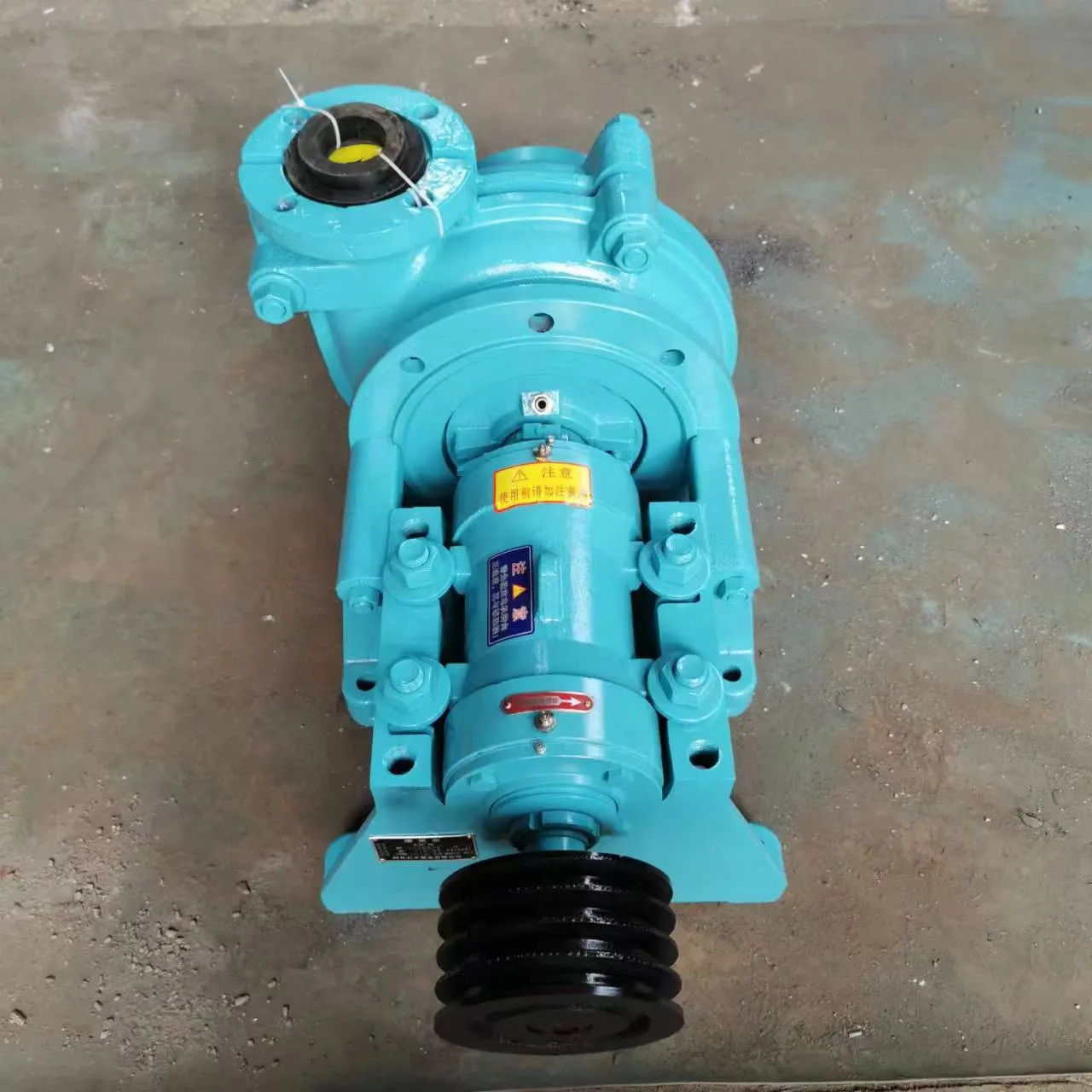English
- Afrikaans
- Albanian
- Amharic
- Arabic
- Armenian
- Azerbaijani
- Basque
- Belarusian
- Bengali
- Bosnian
- Bulgarian
- Catalan
- Cebuano
- Corsican
- Croatian
- Czech
- Danish
- Dutch
- English
- Esperanto
- Estonian
- Finnish
- French
- Frisian
- Galician
- Georgian
- German
- Greek
- Gujarati
- Haitian Creole
- hausa
- hawaiian
- Hebrew
- Hindi
- Miao
- Hungarian
- Icelandic
- igbo
- Indonesian
- irish
- Italian
- Japanese
- Javanese
- Kannada
- kazakh
- Khmer
- Rwandese
- Korean
- Kurdish
- Kyrgyz
- Lao
- Latin
- Latvian
- Lithuanian
- Luxembourgish
- Macedonian
- Malgashi
- Malay
- Malayalam
- Maltese
- Maori
- Marathi
- Mongolian
- Myanmar
- Nepali
- Norwegian
- Norwegian
- Occitan
- Pashto
- Persian
- Polish
- Portuguese
- Punjabi
- Romanian
- Russian
- Samoan
- Scottish Gaelic
- Serbian
- Sesotho
- Shona
- Sindhi
- Sinhala
- Slovak
- Slovenian
- Somali
- Spanish
- Sundanese
- Swahili
- Swedish
- Tagalog
- Tajik
- Tamil
- Tatar
- Telugu
- Thai
- Turkish
- Turkmen
- Ukrainian
- Urdu
- Uighur
- Uzbek
- Vietnamese
- Welsh
- Bantu
- Yiddish
- Yoruba
- Zulu
Telephone: +86 13120555503
Email: frank@cypump.com
Nov . 13, 2024 11:14 Back to list
septic system sump pump
Understanding Sump Pumps in Septic Systems A Comprehensive Guide
A septic system is an essential component of many rural and suburban homes, especially in areas not served by municipal sewage systems. One of the critical elements of a septic system is the sump pump, which plays a vital role in ensuring proper wastewater management. In this article, we will explore the function of sump pumps in septic systems, their importance, and maintenance tips to prolong their lifespan.
What is a Sump Pump?
A sump pump is a device designed to remove excess water that accumulates in a sump pit, commonly found in basements or crawl spaces. In the context of septic systems, sump pumps are typically utilized to handle wastewater and prevent flooding from heavy rains or system malfunctions.
There are two main types of sump pumps submersible and pedestal. Submersible pumps are installed under the water level in the sump pit, while pedestal pumps are positioned above the pit. Both types serve the same fundamental purpose, but their installation and maintenance needs differ.
Role of Sump Pumps in Septic Systems
In a septic system, the primary purpose of a sump pump is to transfer effluent—the liquid waste that separates from solid waste—to the drain field for treatment. This process is vital for preventing backups, maintaining a healthy septic environment, and protecting the local groundwater from contamination.
When a septic tank fills up due to heavy rainfall or increased household water usage, the sump pump activates to ensure that excess water is diverted correctly. Additionally, in advanced septic systems, such as those with raised beds or low-lying areas, sump pumps become even more crucial for managing the flow of wastewater and maintaining optimal operation.
Importance of Sump Pumps
Without a functioning sump pump, septic systems can face severe issues that may result in expensive repairs and health hazards. Backups can lead to wastewater flowing into living spaces, creating unsanitary conditions and potential health risks for occupants. Moreover, a malfunctioning or absent sump pump can cause overburdened drain fields, resulting in system failures and costly replacements.
septic system sump pump

Additionally, sump pumps help in preserving the environment. By ensuring that wastewater is disposed of properly, they play a significant role in protecting groundwater and reducing the risk of contamination in local water supplies.
Maintenance Tips
To keep your sump pump in optimal working condition, regular maintenance is crucial. Here are some tips to ensure your system operates effectively
1. Inspect Regularly Check the sump pump at least once a year for any signs of wear or damage. Listen for unusual noises during operation, which may signal a problem. 2. Clear Debris Ensure the sump pit is free of debris that could block the pump. Remove any dirt, leaves, or sediment that may accumulate in the pit.
3. Test the Pump During your inspection, manually test the sump pump by pouring water into the pit to ensure it activates and discharges water effectively.
4. Check the Power Source Verify that the electrical connections are secure and that the pump is receiving power. Consider installing a backup power source, such as a battery backup, to keep the pump operational during power outages.
5. Professional Help If you notice persistent issues, it’s best to contact a professional plumber or septic system technician who can diagnose and resolve more complex problems.
Conclusion
Sump pumps are invaluable in maintaining the integrity and functionality of septic systems. By understanding their role, importance, and maintenance needs, homeowners can ensure their septic systems work efficiently, protecting both their property and the environment. Regular checks and proactive maintenance can save significant costs and ensure a healthy home for years to come.
-
ISG Series Pipeline Pump - Chi Yuan Pumps | High Efficiency, Durable Design
NewsAug.01,2025
-
Advanced Flue Gas Desulfurization Pump with GPT-4 Turbo | Durable & Efficient
NewsJul.31,2025
-
ISG Series Vertical Pipeline Pump - Chi Yuan Pumps | Advanced Hydraulic Design&Durable Construction
NewsJul.31,2025
-
ISG Series Vertical Pipeline Pump - Chi Yuan Pumps | Energy Efficient & Low Noise
NewsJul.31,2025
-
pipeline pump - Chi Yuan Pumps Co., LTD.|High Efficiency&Low Noise
NewsJul.31,2025
-
ISG Series Vertical Pipeline Pump - Chi Yuan Pumps Co., LTD.|High Efficiency, Energy Saving, Low Noise
NewsJul.30,2025










